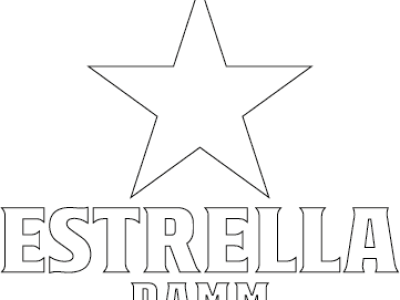This website uses cookies so that we can provide you with the best user experience possible. Cookie information is stored in your browser and performs functions such as recognising you when you return to our website and helping our team to understand which sections of the website you find most interesting and useful.
About us
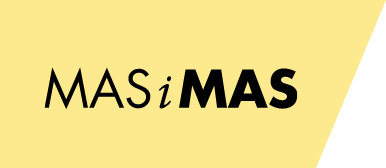
1986
The company’s history started in 1986 with the opening of the Mas i Mas Bar, an establishment located on Calle Maria Cubi in Barcelona that, since it opened, has focused on offering music with black roots: funk, soul, blues, R & B…Although things were difficult initially, with time, this music bar gained an important place on the Sarria-Sant Gervasi leisure scene, becoming the meeting point for a very mixed crowd: disc jockeys, club managers, designers, journalists…
1987
The success of this first venue promted the company to go further. So, in 1987 Mas i Mas opened a cafe-restaurant on Calle Còrsega, that remained open until May 2002. Although this new business was going quite well, the world of catering was not the group’s main interest; what the company really intended to do was promote live music in the city of Barcelona and that is why they decided to embark on a more ambitious project: La Boîte.

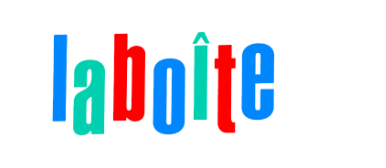
1991
In April 1991 they opened a venue on Avinguda Diagonal, in the former Zacarias premises. The idea was to create a space that combined forms of entertainment: live concerts and nightclub sessions. La Boîte gradually became a cult venue for blues fans, although during the first years, it also opened itself up to other genres like jazz, flamenco, rock and salsa. Great musicians like Jimmy Smith, Elvin Jones, Lou Bennett, Eliane Elias, Jack DeJohnette, Ray Brown, Bill Evans, Tete Montoliu, Kenny Barron and Gary Bartz performed here and many other national groups were born and raised thanks to support from this venue.
1993
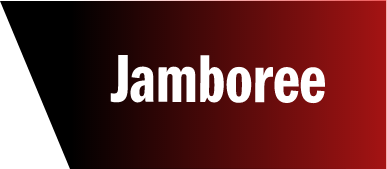
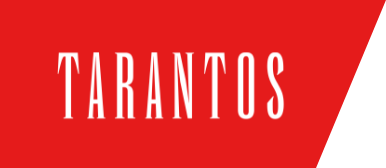
1993
The Mas i Mas group’s objective as managers of Tarantos was also to revitalize live music, in this case, flamenco. With important musicians like Nina Pastori, Duquende and Diego “El Cigala”, the club became famous and, nowadays gives opportunities to young, innovative groups, designed to please everyone, both fans of classic flamenco and the non-expert public.
1998
The next step for the company focused on electronic music. In July 1998, they took over the old cabaret, Villarosa, on Calle Arc del Teatre and transformed it into the Moog club, in order to create a space dedicated to quality techno and house music; not only as a nightclub but also offering live sessions where creativity and experimentation played a major role.

2001
In November 2001, the group opened the last of their premises: La Cova del Drac-Jazzroom. This historic venue situated on Calle Vallmajor in Barcelona, had gone through periods of economic difficulties and came back to life under the management of Mas i Mas. Musicians like Kurt Rosenwinkel, Chano Dominguez, Kurt Elling, Miguel Zenon and Kenny Garrett gave brilliant performances on its stage.
2007
The latest initiative undertaken by the group is the Fundació Mas i Mas, born in 2007 as a promoter of chamber music concerts, becoming a major private agent that programs this kind of music in venues such as La Pedrera, the Ateneu Barcelones and the Auditori.
It is also worth mentioning the Mas i Mas Festival, which has offered an ambitious programme during the month of August, since 2003, at the different Mas i Mas venues and in different places around the city, including the Gran Teatre del Liceu, the Palau de la Musica Catalana and the Auditori where several seasons of live music have also been held.


“All of this activity in favour of quality music has not merely been a business venture for Mas i Mas; it has been the fruit of a passion, a vital project that has given Barcelona the status as a first-rate music destination and has supported local artists at the same time.”


